When working on small-scale but fun assignments like this Printique book project about The Fountain Inn, I literally hear Jay Maisel in my head. “Everything has a cue.”
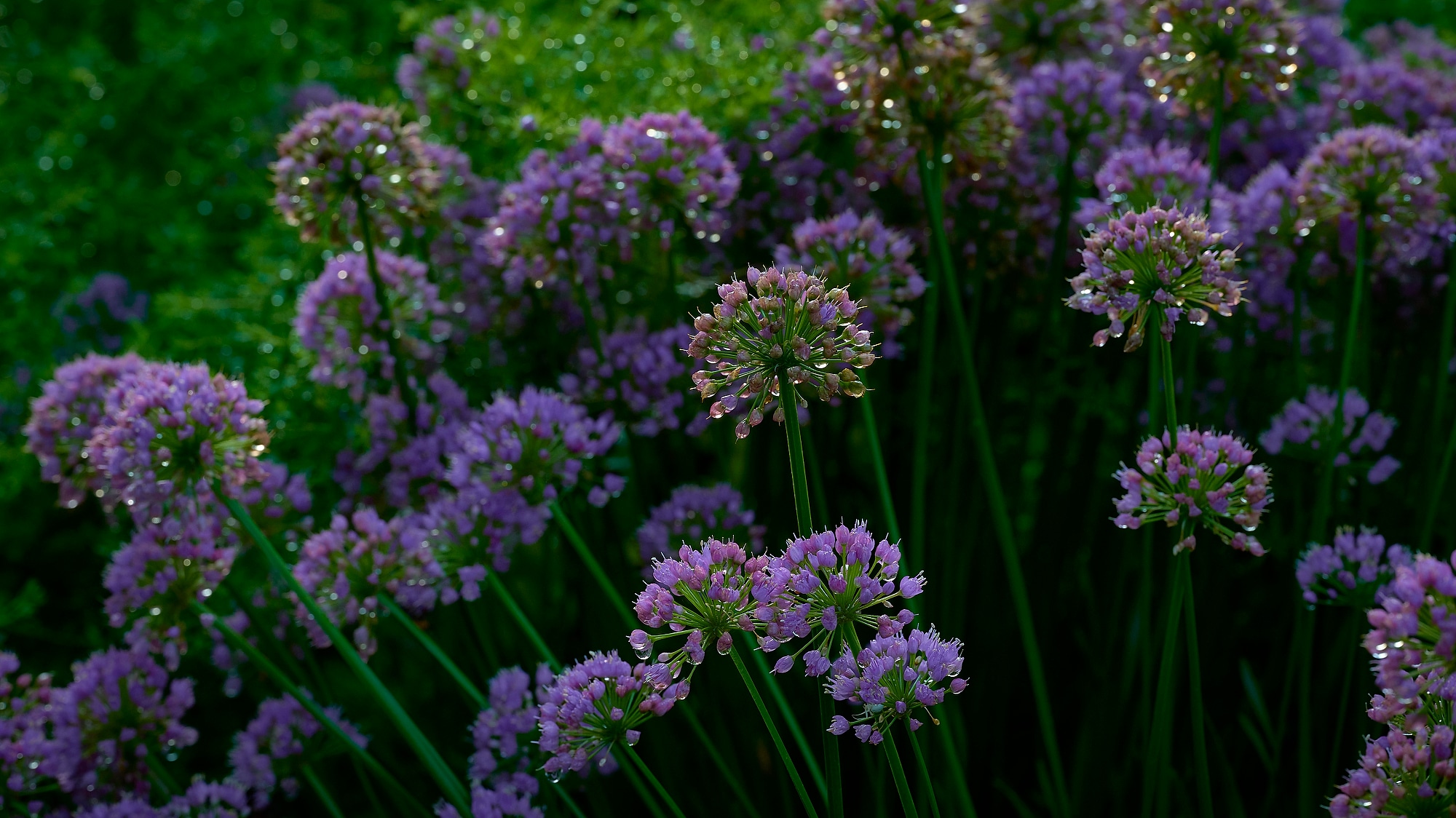
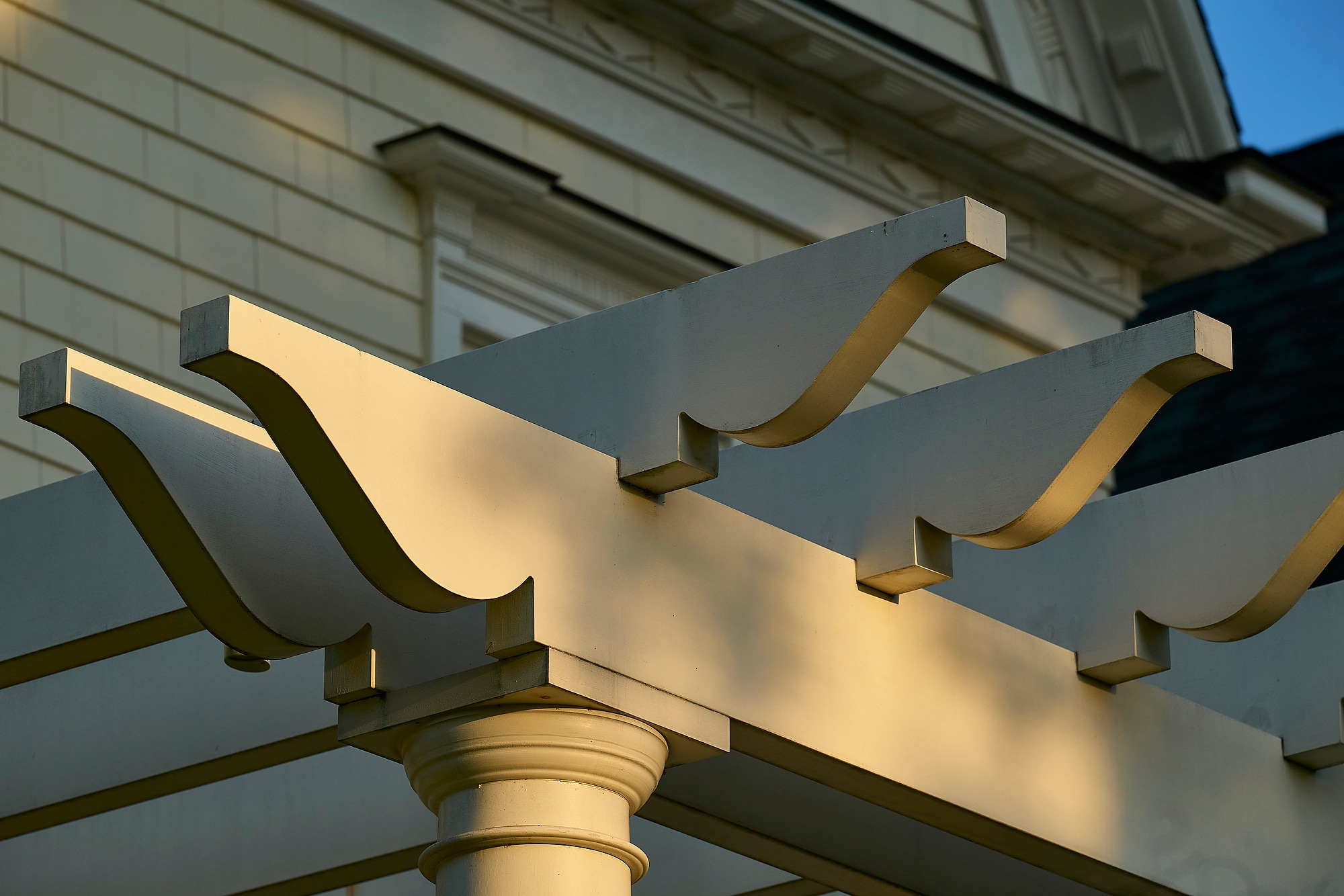
It’s not something I usually have to be reminded about. I’m a people photographer, and people, they sure have a cue. Or, perhaps more accurately, cues. Some not very fun, some quite interesting.
So when I see buildings, beautiful as they are, I look for gestures, poignant combinations of light, angles, and sounding space. I’m also constantly reminded of famed Magnum photographer Burt Glinn’s answers to questions about how he finds inspiration in the hallways of the companies and factories where he is best known for his shots. The answer, obviously, is something like, “Sometimes I just sit and wait for the machine to talk to me.”
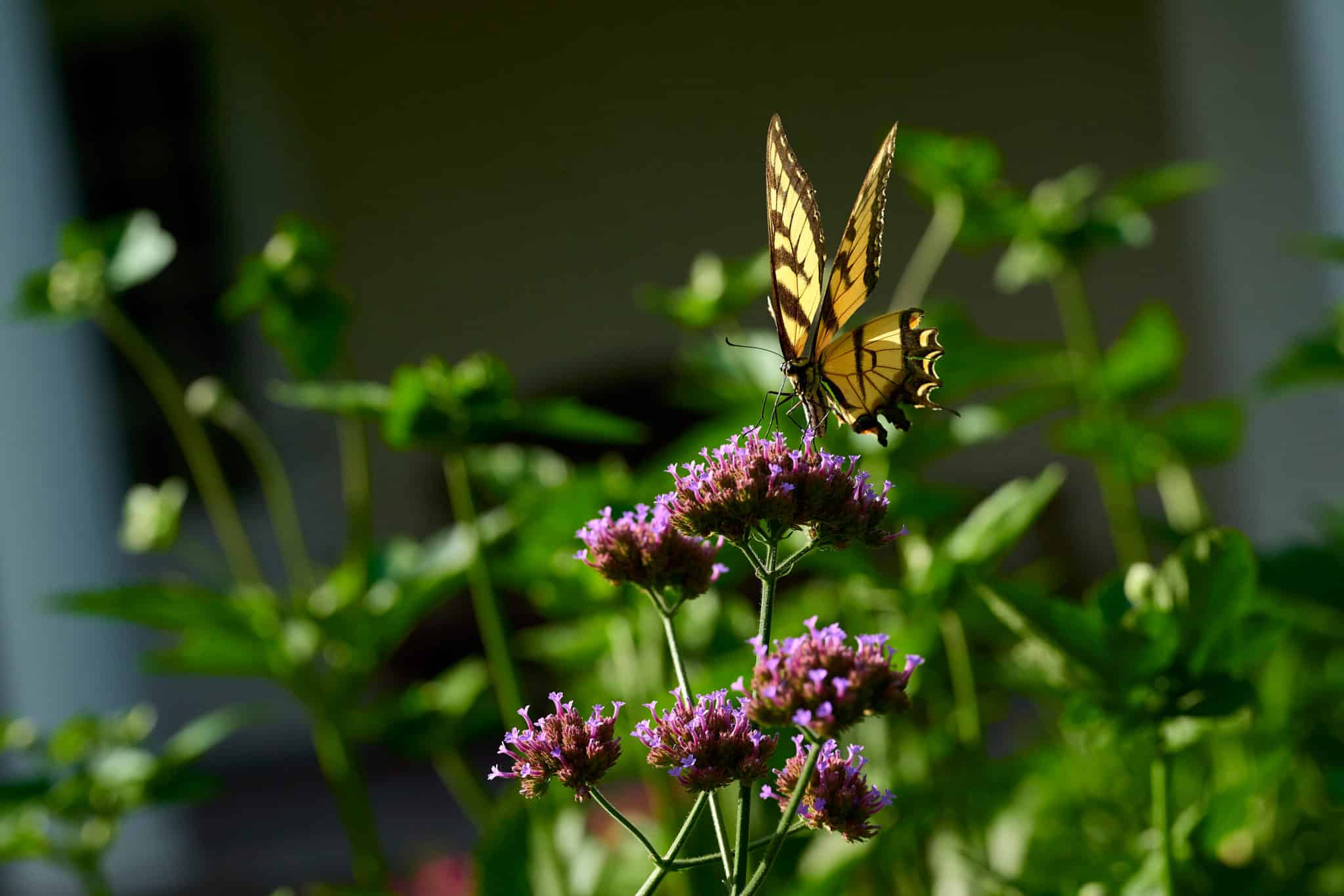
All details. Another good spell to put in your head on a job like this. Put yourself in the shoes of a reader who has never seen the Fountain before. First, what is the whole shebang like? What, then, are the details that make up this historical entity?
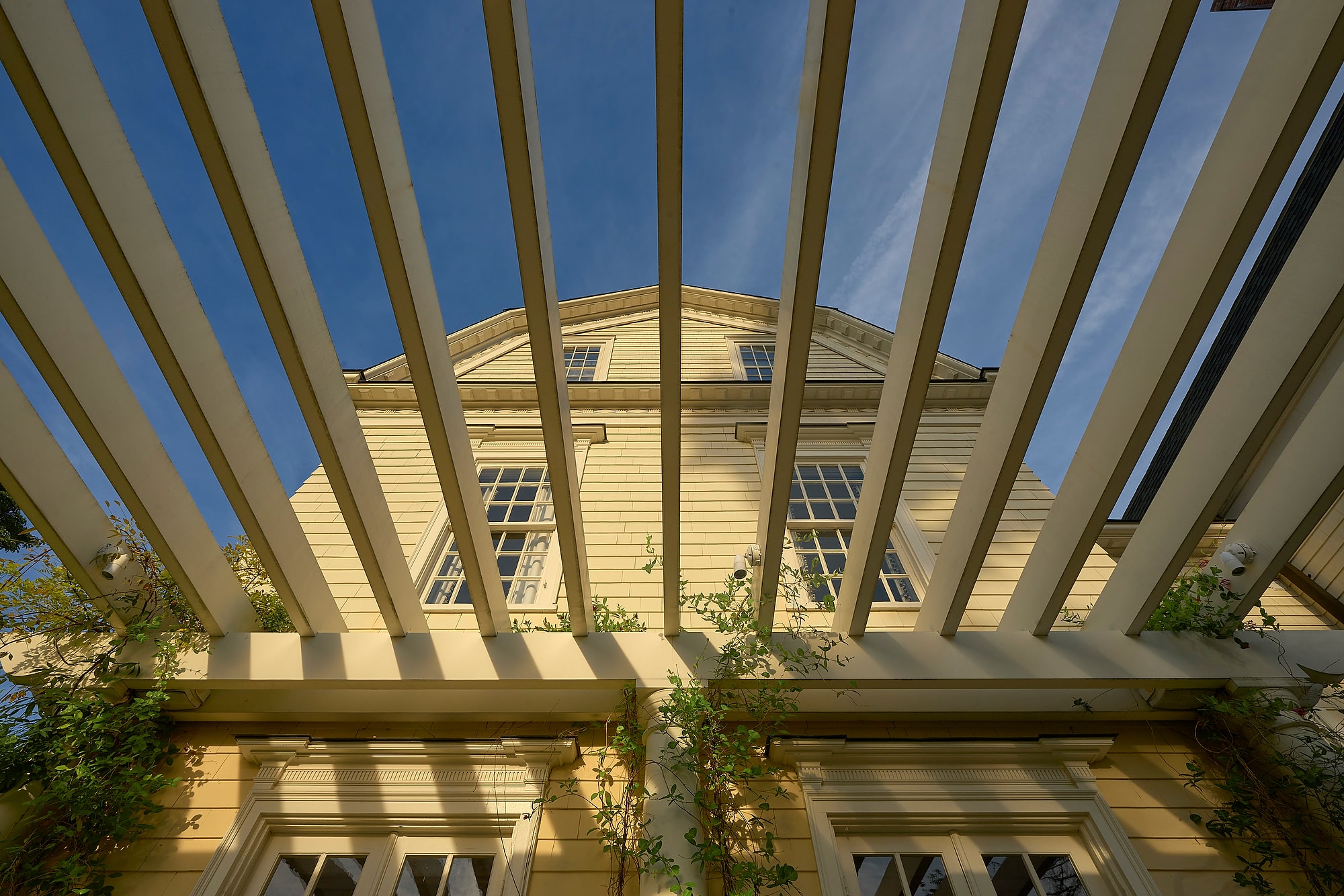
Making a book like Printique easily printable is the perfect vehicle for exploring the ideas and mantra of this kind of work. Speed is important. The light becomes the drum you aim at the camera. And, it’s important to grab the viewer’s attention. A good way to do this is lens selection.
I’m using a Nikon Z 9 camera on this job. (Also uses Angelbird’s CF card, which is the definition of speed.) And various lenses: Nikkor 14-24mm f/2.8, tilt-shift 19mm f/4, F mount 28mm f/1.4 coupled to Z 9 with FTZ adapter, 105mm f/ 2.8, 70-200mm f/2.8, S series 400mm f/2.8 TC.
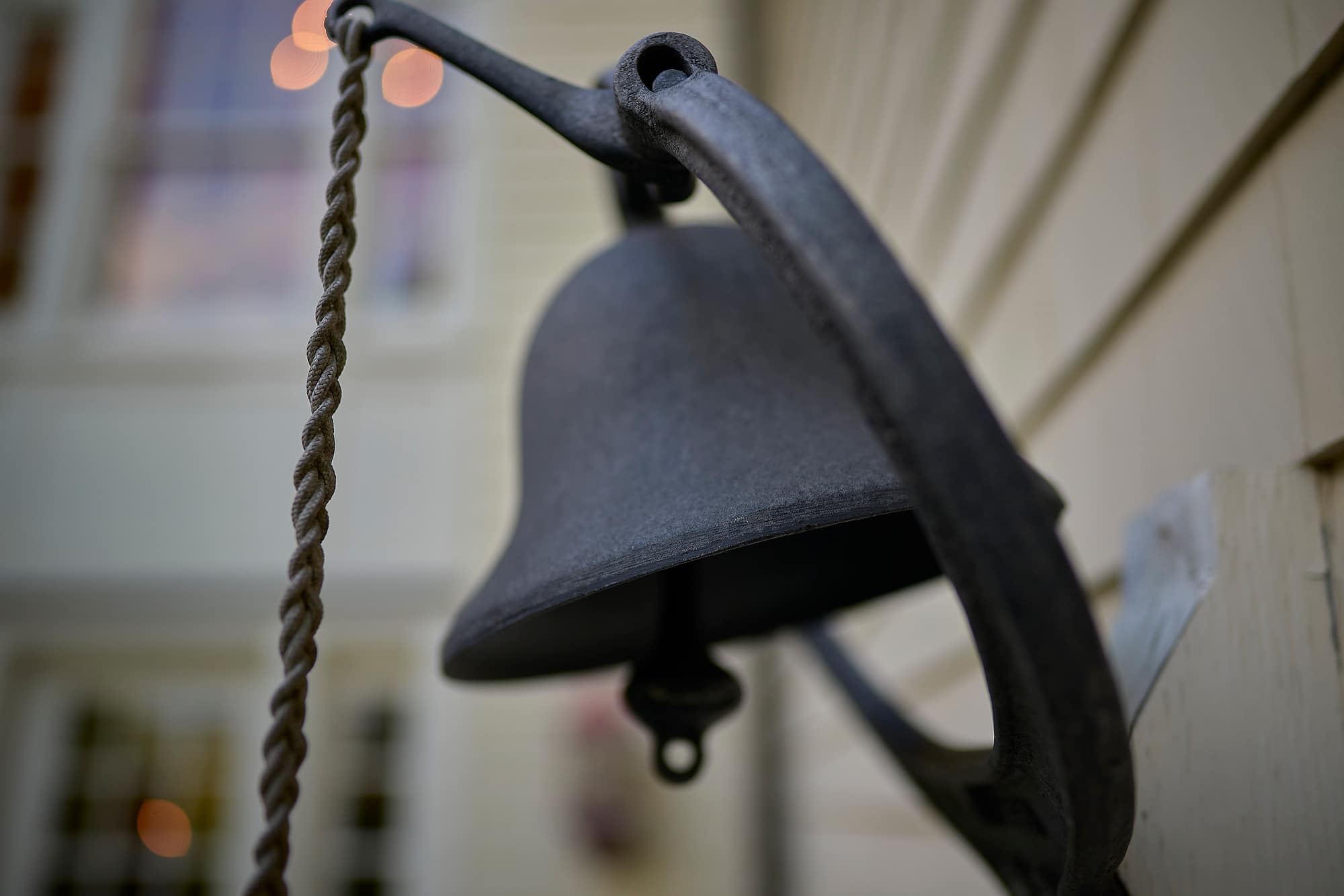
In other words, I’m basically carrying the whole bag. And heavy duty Gitzo Systematic for long glass and long exposures. Not to mention that I actually made a few HDR images via Capture One Pro, but don’t let that pass you by.
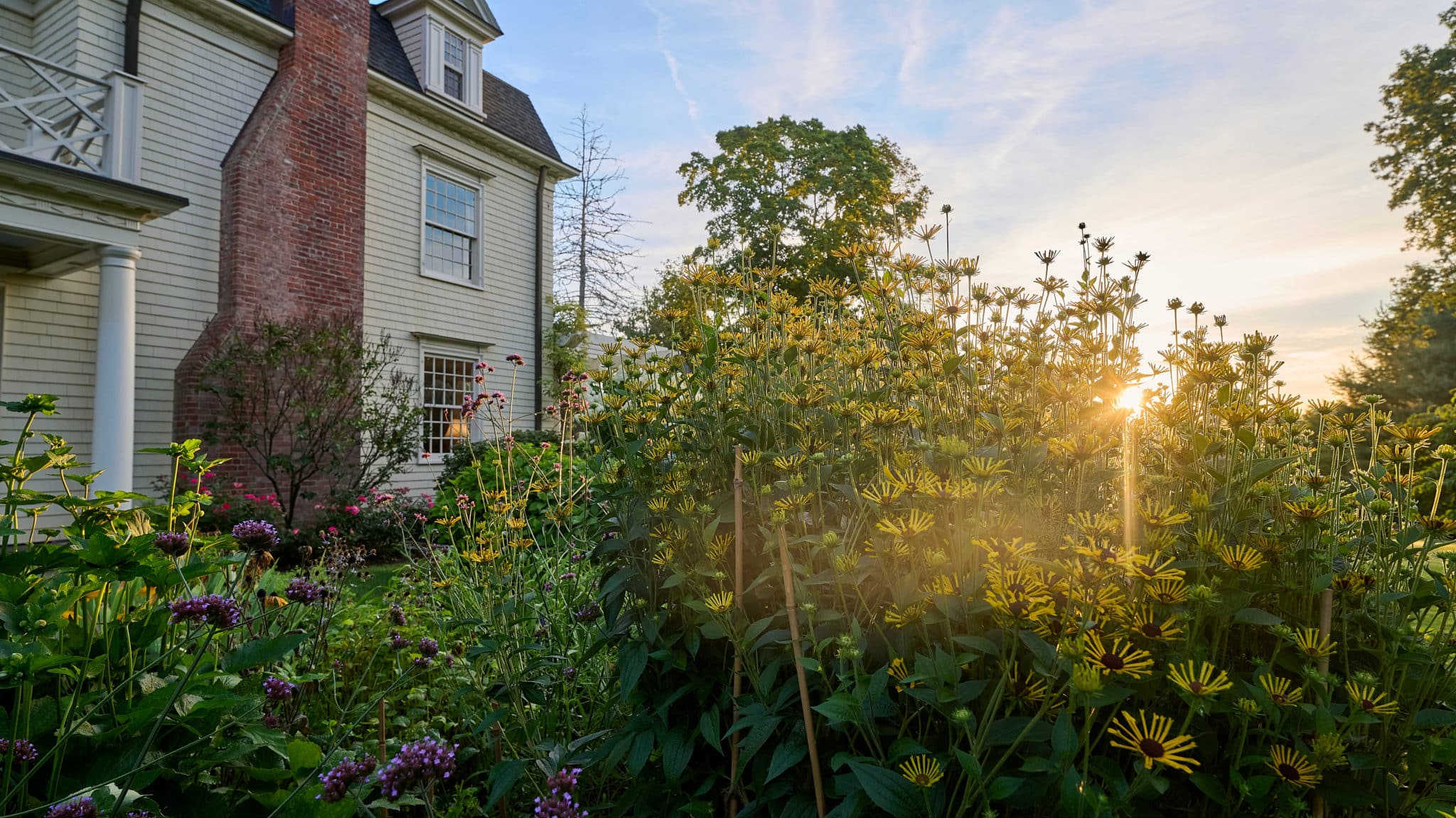
Same park, different light, different approach.
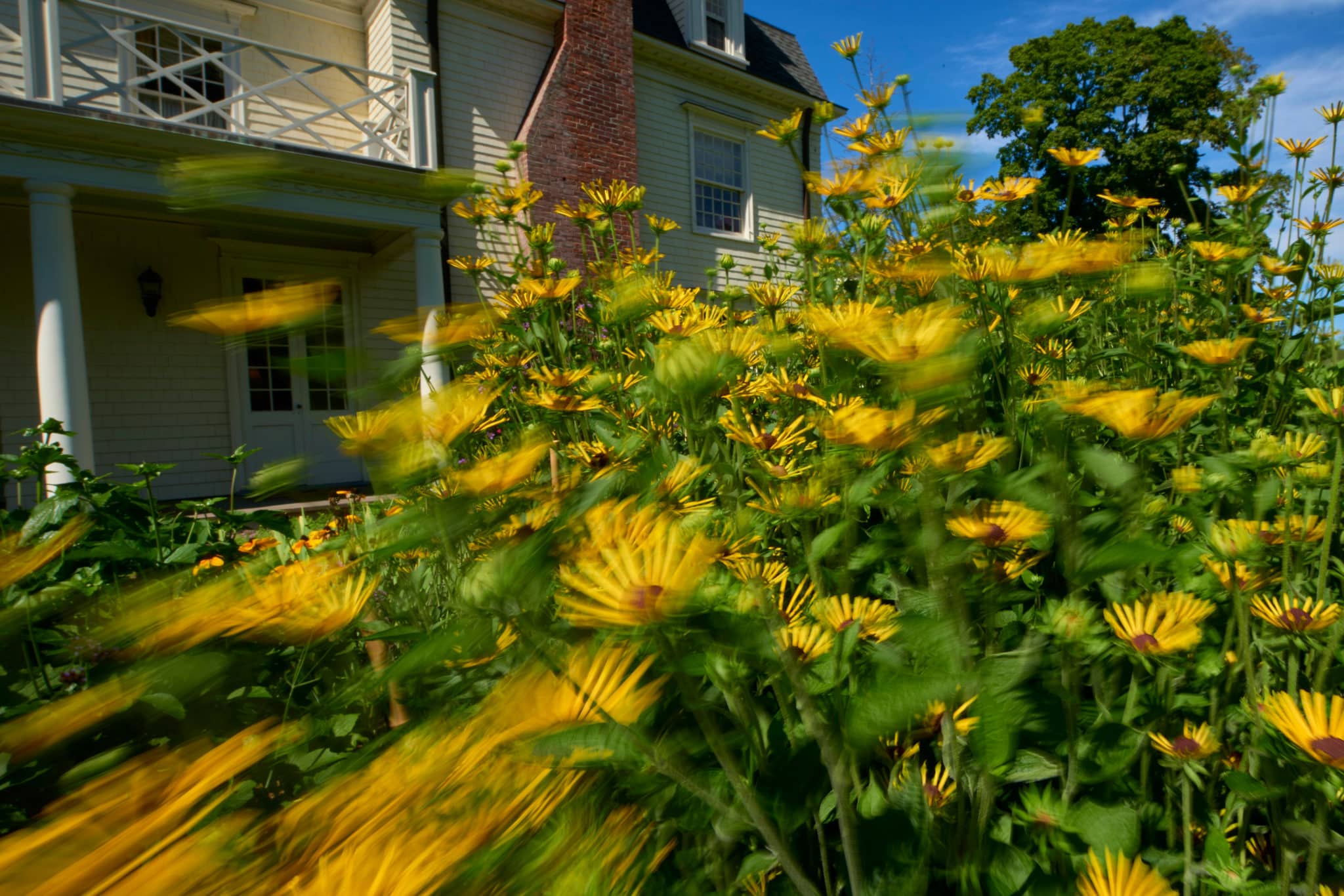
Along with lens selection, playing with white balance like an incandescent lamp, seen below, can also give viewers pleasing curves, and entertain their eyes.
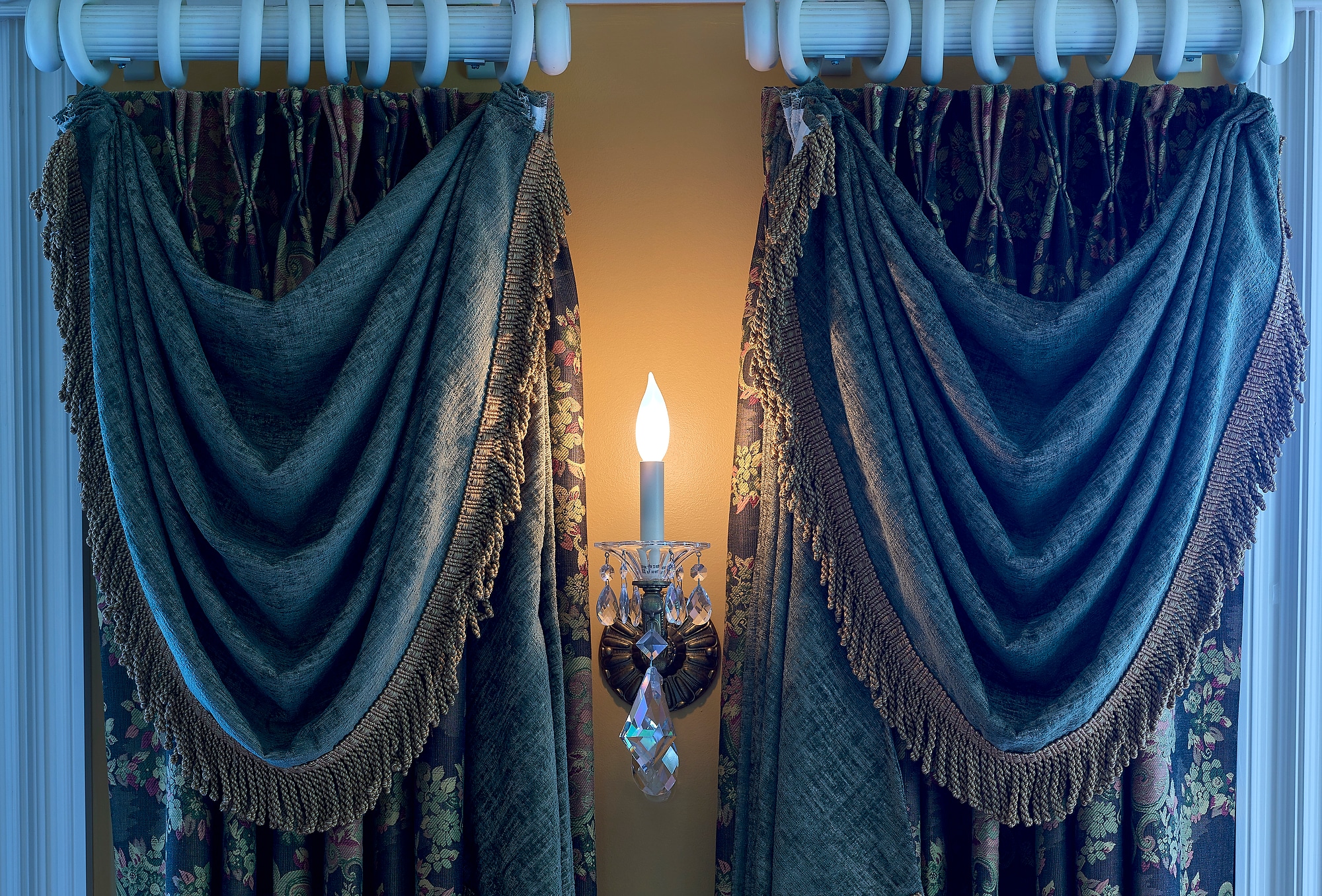
Choosing the type of light also adds page-to-page interest, hopefully.
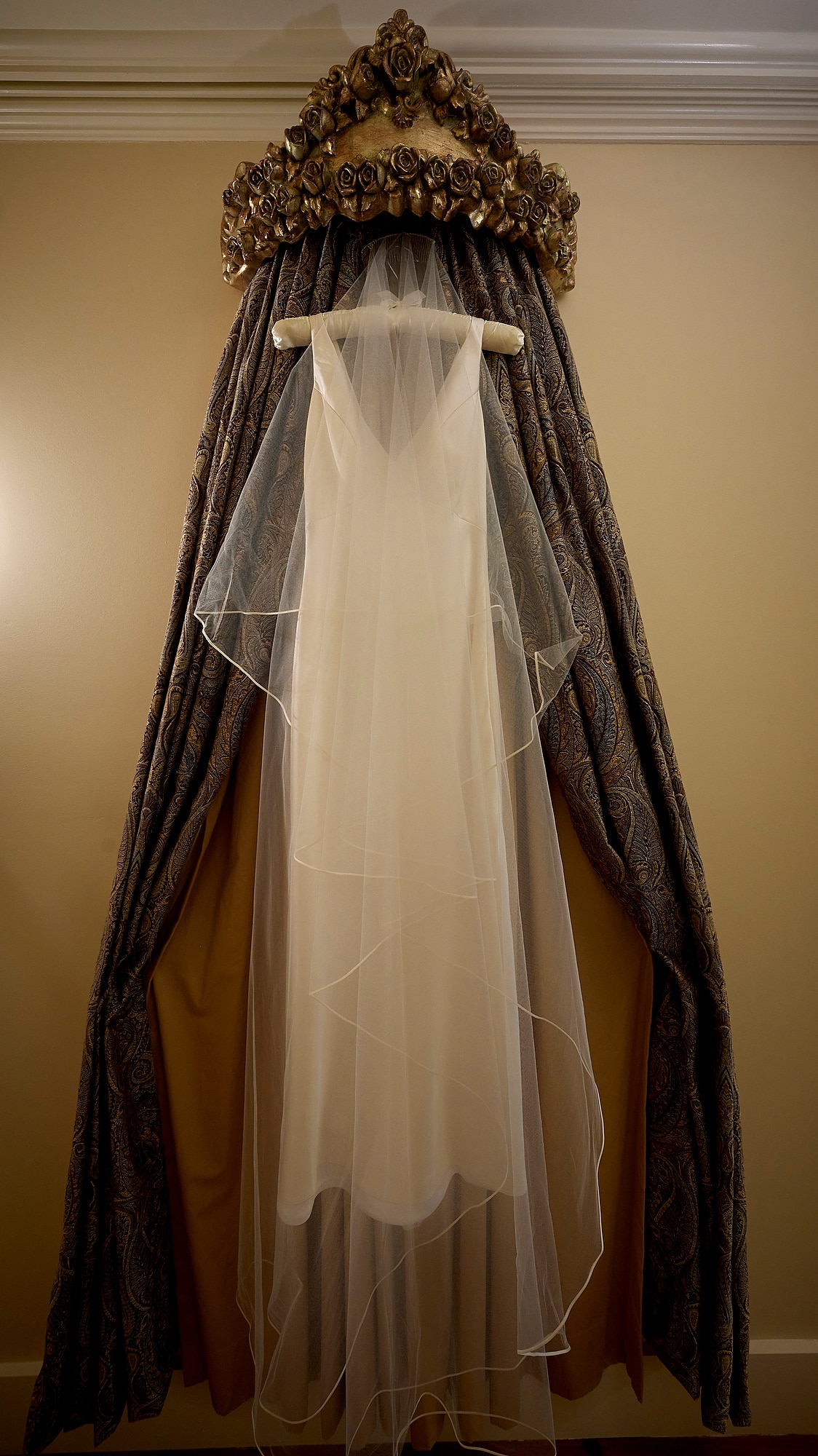
And speaking of turning pages, one of the main tools that produce a book gives you control over how the spread looks. (Putting books online is very easy with Printique.)
Angles, lines, shifts in color and tone….all are viable strategies for keeping pictorial life on the page.
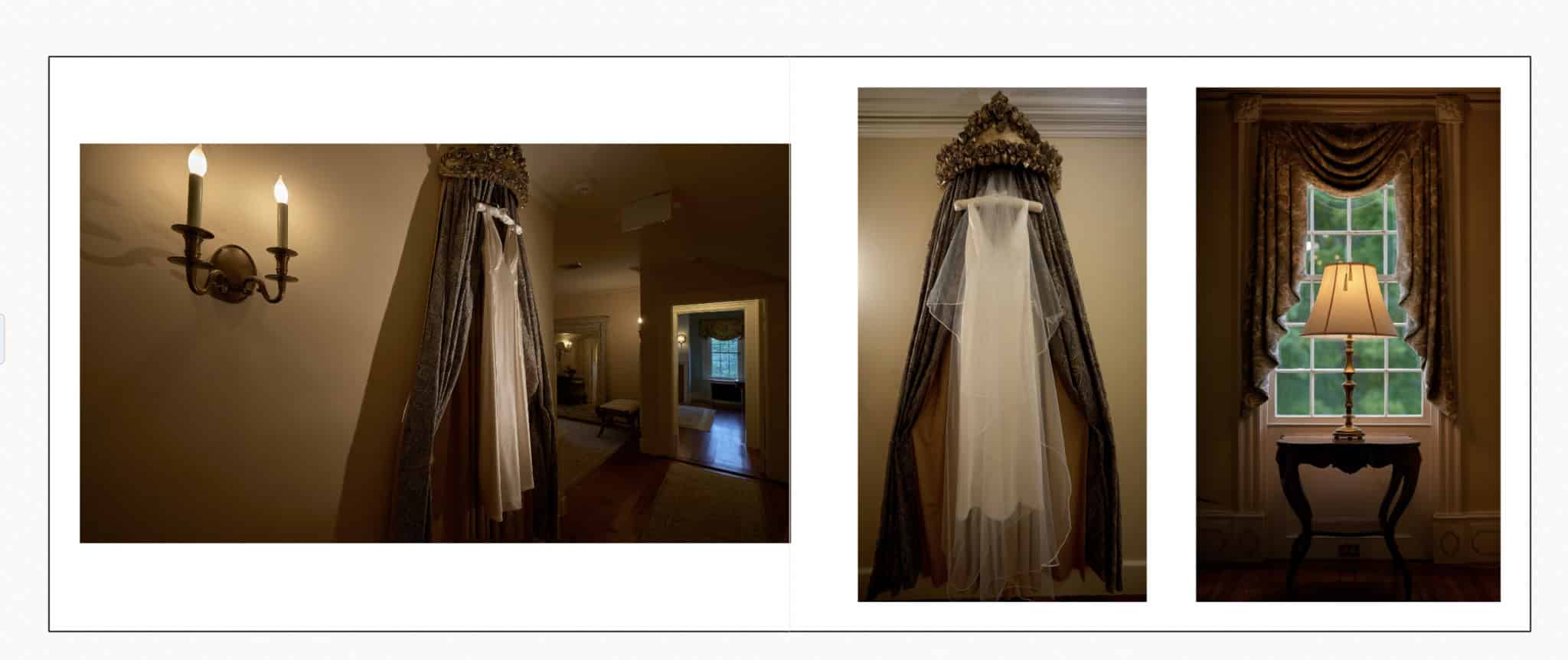
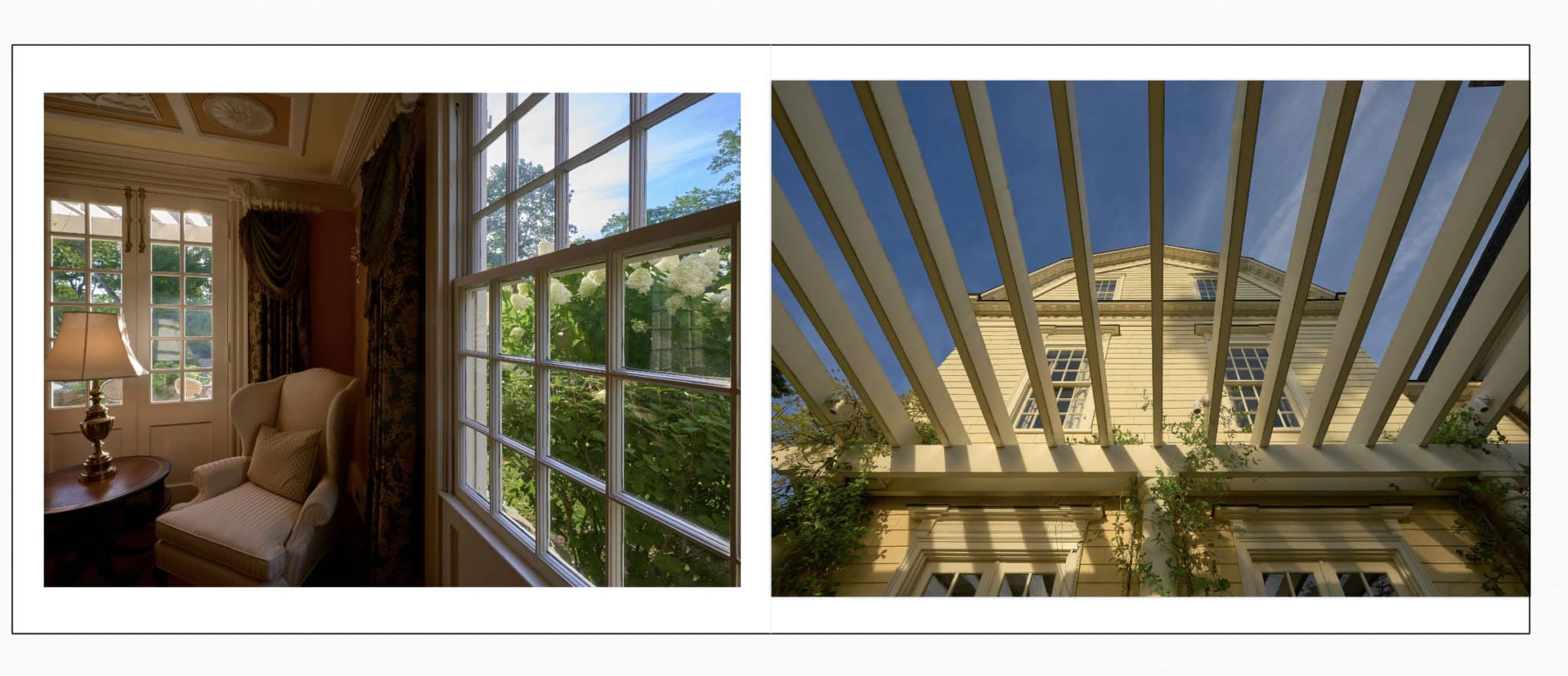
It’s up to you to keep changing speed, lens, and light… right into the twilight.
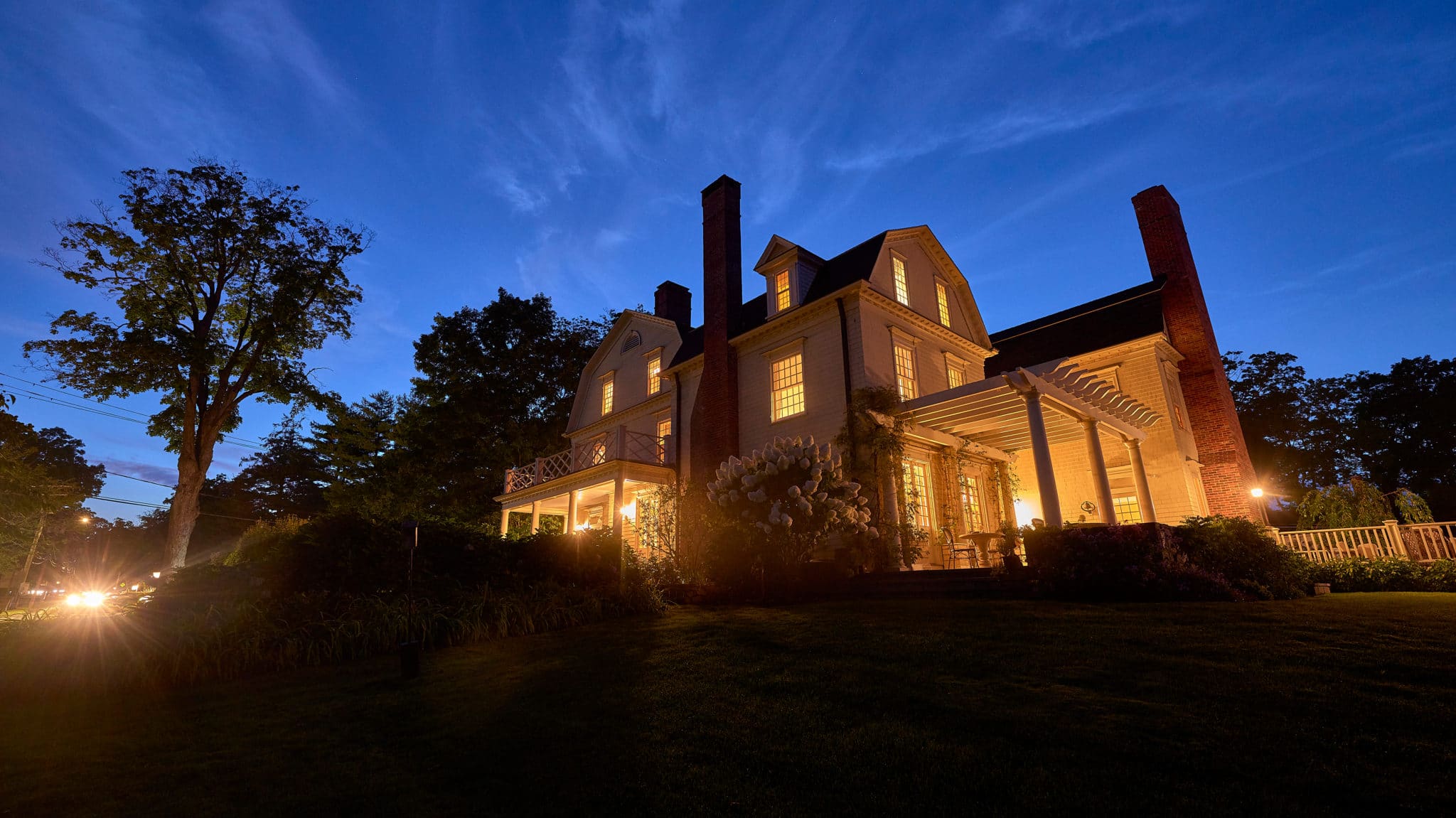
More thx….
